
How sweet life can be…
- Load up the Van
- Drive past the surfshop and pick up the 2017 FIT OCEAN Allround Wave 8’9
- Go off together into sunny Italy where waves await you…
GO BMX Riders GO !
Google Rating 4.9






How sweet life can be…
GO BMX Riders GO !
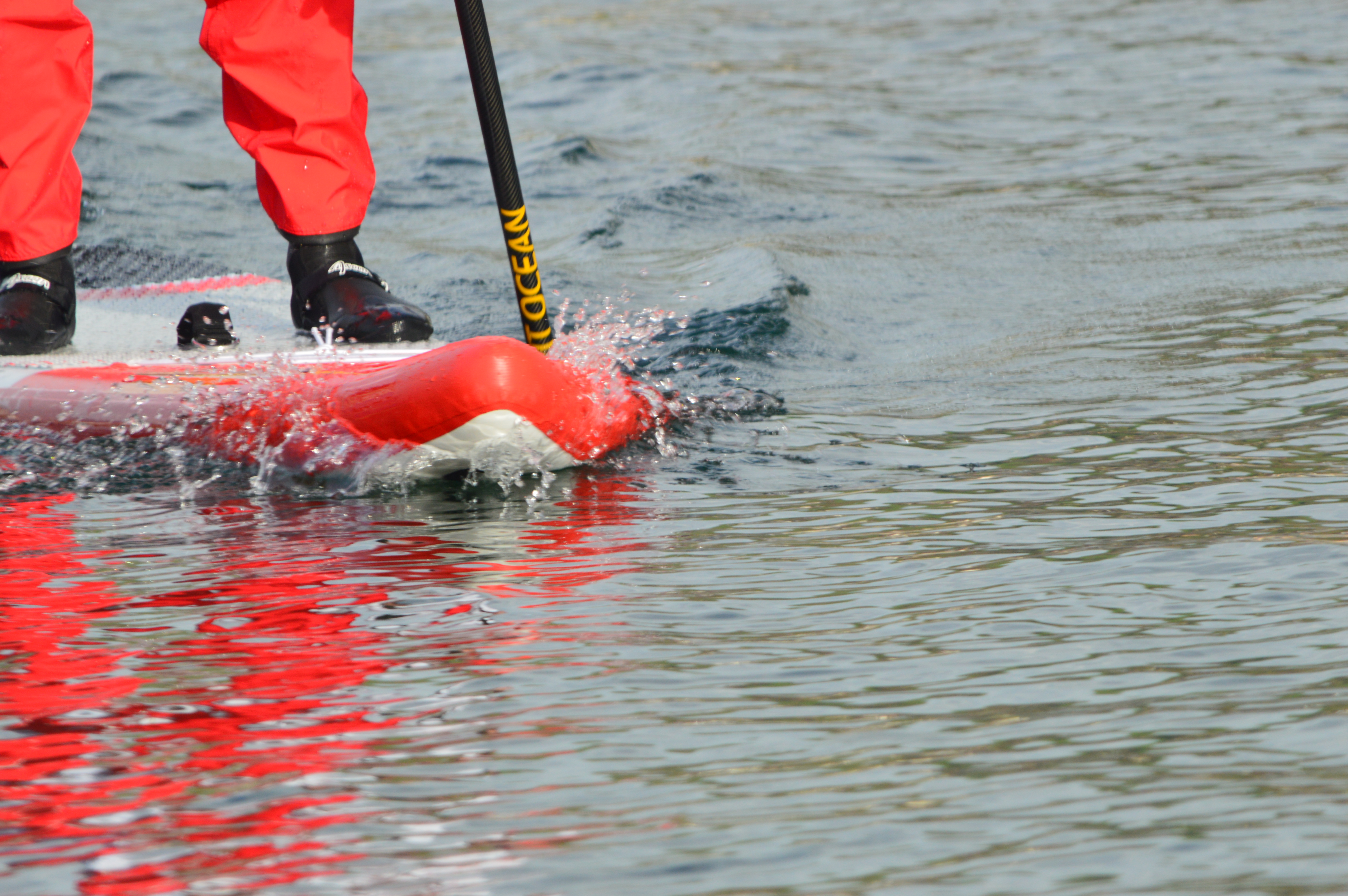
Ready – start – go!

The Swiss ICE SUP Race is on for April 30, 2017. The race is 16 km and can be paddled solo or in Teams. FIT OCEAN will participate in a team-effort. 2 men (both 6km) + 1 woman (4 km)

At least that is the plan…
So I need to crank up the condition/ skills/ mindset. And stop playing with the go-pro, gliding just from the wind…
Training goals:
-Less ‘way’ (zig-zag). Going more in a straight line and stop wasting energy. Here is a link to a thread I found useful
-feathering the blade. Link
-Build up condition. I need to be able to paddle 6km non-stop at a decent speed.
? Why the FIT OCEAN boards are that fast?
The boards are that fast because of the combination shape + design details + construction.
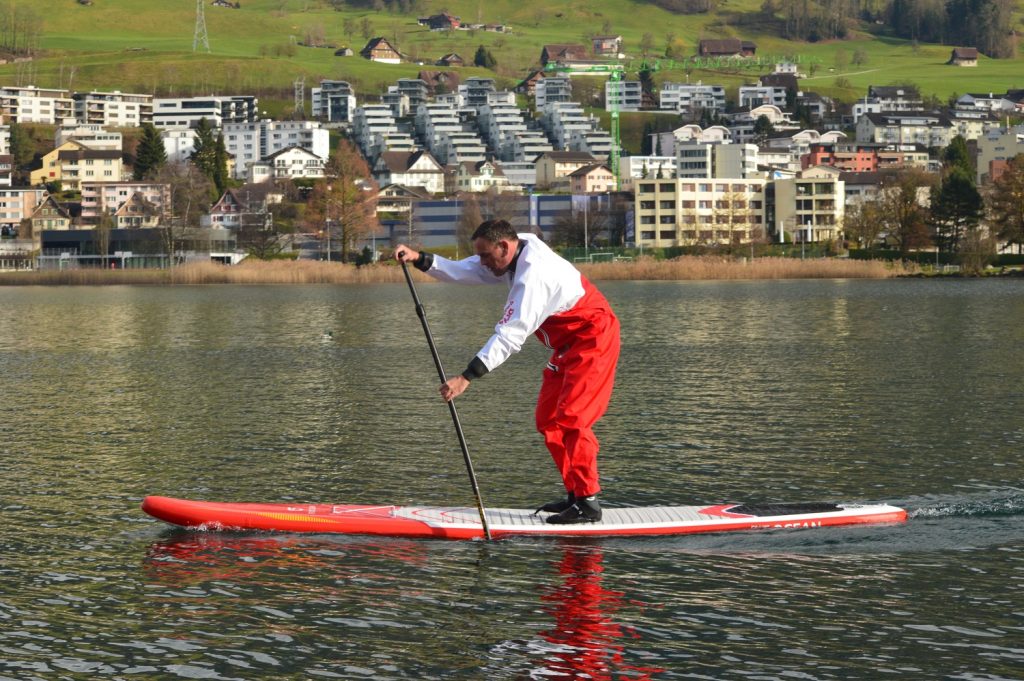
We develop shapes in our backyard in Switzerland, here is Marcel testing a sample. We are a bit addicted to ordering samples and drive our factories crazy, but creating 3D shapes on the computer is one thing, but the real input comes from testing.
The design-details (width, thickness, fin, etc.) results also from testing.
One of the main points is that we make the 12’6 length (which is an official race-class) boards not 6’’ (15cm) thick, but we make them 5’’ (12 cm). This has several advantages that contribute to speed: Less weight, more stability (lower center of gravity) and sharper rails (better water release). This thickness is also used on some starboards, red paddles and especially the ULI Race-board (ULI won the Molokai 2 Oahu race). Some think it is a disadvantage from having a thinner board, and that will bend more, but the 20 PSI fused double layer takes care and provides a super stiff boards easy.
Here is a test-report from a happy customer on Amazon (German)
The construction is very stiff because they are made out of fused double layer MIRASOL drop-stich. We call it Premium Double Layer Light (PDLL). This fusion (melting together 2 layers) is much lighter and stronger then gluing the layers. The boards can therefore be pumped up to 20 PSI and are much stiffer.
Here is a link to buy the speedster online in Europe or in Swiss
Time to make time to do more paddling.

Congratulations on buying your inflatable stand up paddle board.
Your (hopefully) charming salesperson offered you a board with a so called double action pump.
Say what? Double action pump? What does it mean?
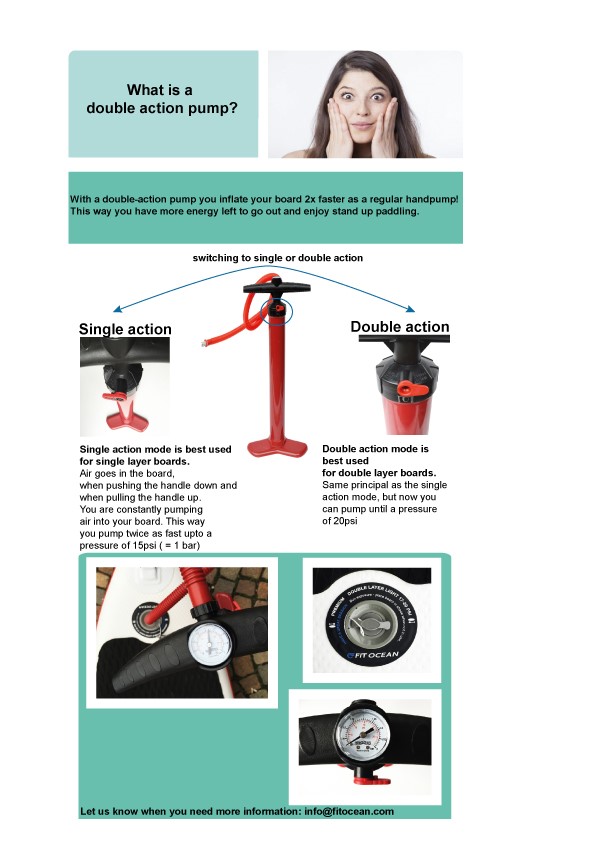

Stand up Paddling can be interpreted in many ways as there have been recordings of people stand up on a floating device moving forward with a paddle, dating way back… Let’s check them out chronically

3000 BC Apparently the Peruvian fisherman paddled on their knee and stood up when they caught a wave (archaeologically evidenced from pottery shards). Board made from reed and were called TUP (pretty close to SUP!)

1275 BC Egyptian pharaoh’s daughter Queen Bithia
The Bible and Midrash assert that she was the foster mother of Moses, having drawn him from the Nile and bestowed upon him his name (Exodus 2:10). Apparently she was standing up so she had a better view to spot the baby prophet and future Savior of the Jews.
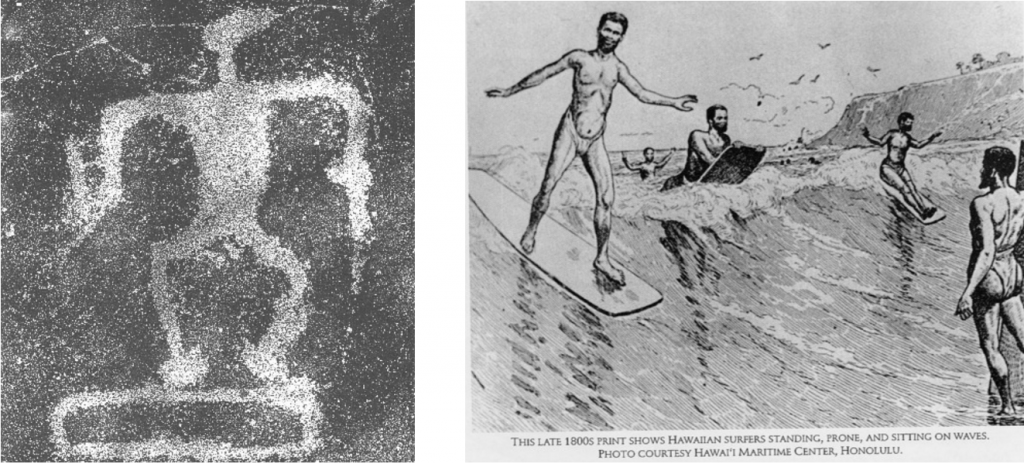
400-900 AD Polynesians develop stand-up surfing as a recreational/ cultural practice. Apparently only the king was allowed to ride the expensive long boards (the olo) on which it was possible to stand up! Common Hawaiians rode cheaper shorter boards, described around 1850
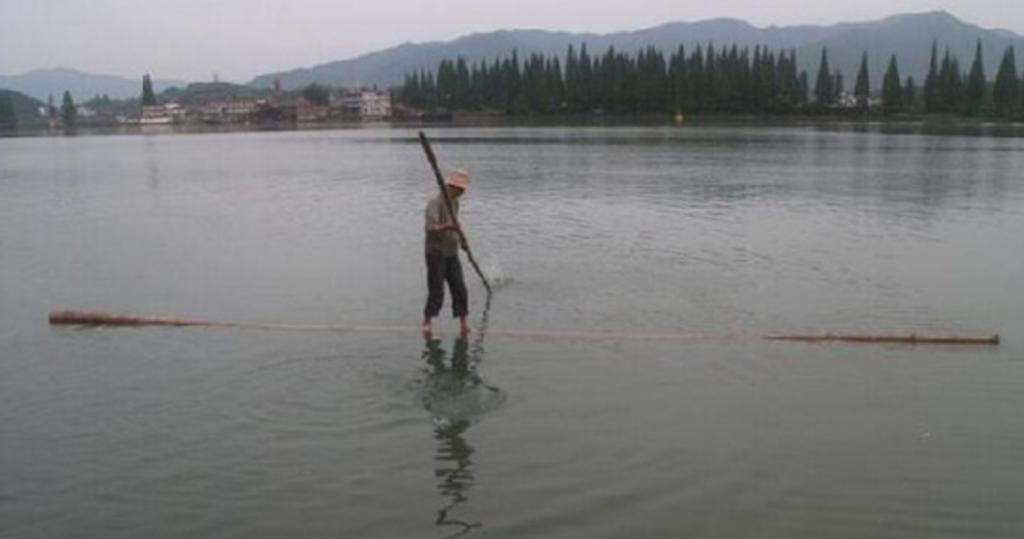
500 AD China river drifting. Apperently first time sigthing of a Monk on a reed crossing the river, later on followed by what is now a cultural sport in China single bamboo drifting. 13ft bamboo poles.

800 AD -1300 AD Hasake. this is a board-boat hybrid of the Stand-up Paddle (SUP) Board family, with alleged Israeli and Arabic roots, possibly dating back to as far as the 8th century A.D. The Hasake was used primarily for fishing. At 10’x42’’x5’’ this thing comes pretty close to a now-a.days SUP
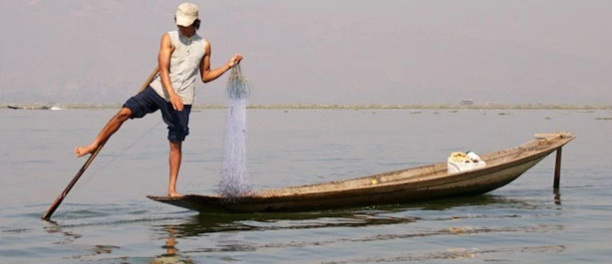
1200 Burma, Inle Lake one-legged paddling fishermen. Stand up on one leg and paddle with your leg around your paddle. A must try for summer 2017?

1712 Report from the Gold Coast of West Africa by Frenchman Jean Barbot describing recreational playing in the waves amongst other with boats with paddles.

1769 Matavai Bay, Tahiti recreational surf riding described by Joseph Banks (member of James Cook’s first Pacific expedition). Mark Twain writes about recreational surfing in Polynesia in 1860.
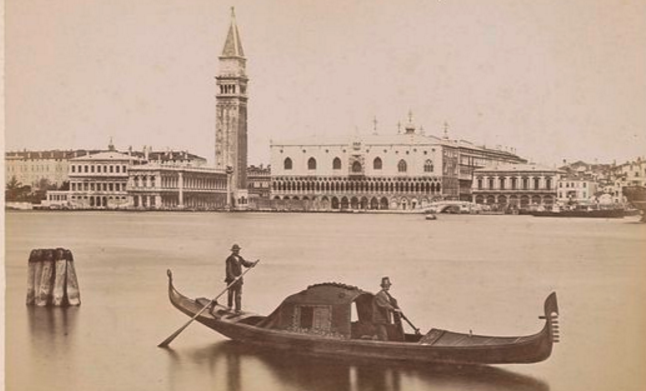
1869 Mark Twain writes about gondolas in venice

1912 Australia BREAKTHROUGH – instead of all these open canoes a closed hull is made that doesn’t catch water and to be stand on. It’s called the surfski and is made and first rode in Australia.

1939 The SURFSKI gets most known after it has been brought to Hawaii where Duke Kahanamoku rides it, as can be seen in the movie Blue horizon. Wearing a leash to his two-bladed paddle, stand up paddling waves. Watch him on YouTube https://www.youtube.com/watch?v=cPnM4ymNj3o

1945 John Zapozocky picks up Stand Up paddling from the Duke and uses single-bladed paddles. Together with Pops AhChoy they continue paddling in the 50’ 60’ and 70’ties.
1995 Laird Hamilton starts experimenting with long 12’ surfboards to ride with his child together and in small surf. Together with Dave Kalama they start using paddles. A renaissance of the DUKE’s stand up paddling.

2001 US brand ULLI uses dropstich-material to create inflatable surfboards. The material was developed by the US Army in cooperation with Goodyear Tire and Rubber Company to create the the Goodyear Inflatoplane. The US military abandoned the inflatable plane project (nobody wanted to fly an aircraft that could be brought down with a bow and arrow). In 2008 inflatable stand up paddleboards become more and more common.

2002 Laird Hamilton rides a six-foot south swell at Malibu with an American flag on a specifically designed board and paddle (with US flag) for stand up paddling after experimenting and developing the SUP sport since 1996.
Everything that has happened in what is now known as SUP has happened since that day… If you want to read more, we recommend the book from Ben Marcus (Art of Stand up Paddling).


What is the best paddle length for you?
Stand up paddling is such a relaxed way to enjoy your time on the water.
Stand up paddle boarding is becoming more popular each year. So much people have begun to enjoy stand-up paddling having fun on the water, spend time with family and friends. While doing this you can also improve your fitness level.
Perhaps you have found your board and your paddle. You can basically start.
Before you get into the water with your board, it is best that you put your paddle in the correct length.
Step 1
Stretch your left or right arm above your head.
Step 2
Enlarge your paddle to the same hight of the arm that is stretched above your head.
Step 3
The stretched arm rests relaxed on handle of the paddle. This is the correct lenght.
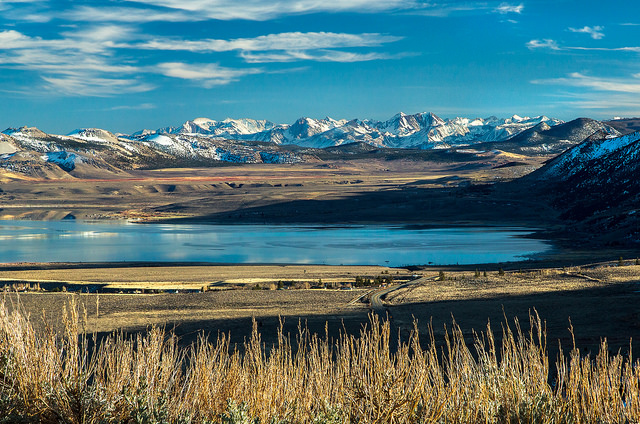
The summer is over but you still want to keep stand-up paddling in winter?
Well you are so right. Why stop? But you also do not want to freeze your butt of in the cold or come into unsafe situations.
Here are 5 tips to help you along.
Tip 1 – What to wear, when stand up paddling in the winter?
Before you step out of the door. Check if you are wearing the correct clothing.
The wetsuit
The wetsuit has been the winter choice for a lot of stand up paddlers. Check out the world wide web for all the different choices, designs and prices. There is a huge choice of wetsuits available from 7mm full on winter suits with built in hoods to 2mm summer suits. It all depends where, when and how long you want to paddle. Just during a bit chilly weather or during deep cold winter days?
The thicker the suit the warmer it is but with a trade off in flexibility, and each paddler will find their preferred combination of warmth and flexibility.
Wetsuits can be relatively inexpensive, it’s very easy to find one that fits perfectly and they are pretty robust and will last for years with a little care.
Dry suit
A new development brought to the paddling world is the dry suit. Filling the space between wetsuits and more traditional dry suits these are designed specifically for Stand Up Paddlers who do not need the protection and bulk of a surface immersion suit, for faster paddling and limited time in the water.
Like the more common dry suit there is no insulation in the SUP dry suit so a base layer will need to be worn underneath, top and bottom. Marketed at those who want to paddle fast the semi-dry suit is also a great solution for many more leisurely paddlers.
Do not want to buy a wetsuit nor a dry suit?
Well you can wear a pair of warm longjohns /ski underwear under your rain trousers as an option.
For your upper body, you can wear a warm midlayer, but try to avoid cotton, this soaks in the water and that will keep you longer cold. Over your midlayer a waterproof jacket is fine.
Tip3: What to wear for head and feet?
A fleece or neoprene tuque is great for the head. A fleece beanie or anything warm you prefer to wear is also good.
For your feet a pair neoprene shoes are great.
You will need some waterproof gloves or neoprene gloves for your hands. Do not want to invest? Then just your wintergloves. Preferable not the thin knitted gloves. These do not protect from the wind.
Tip 4: What to take with you during a tour in winter?
Tip 5: Going to paddle in dark cold weathers?
Let somebody know where you will be paddling and for how long you are planning to do so.
When the weather changes a lot that day. Just recheck the weather forecast, so you will not be in the middle of heavy wind or a rain storm.
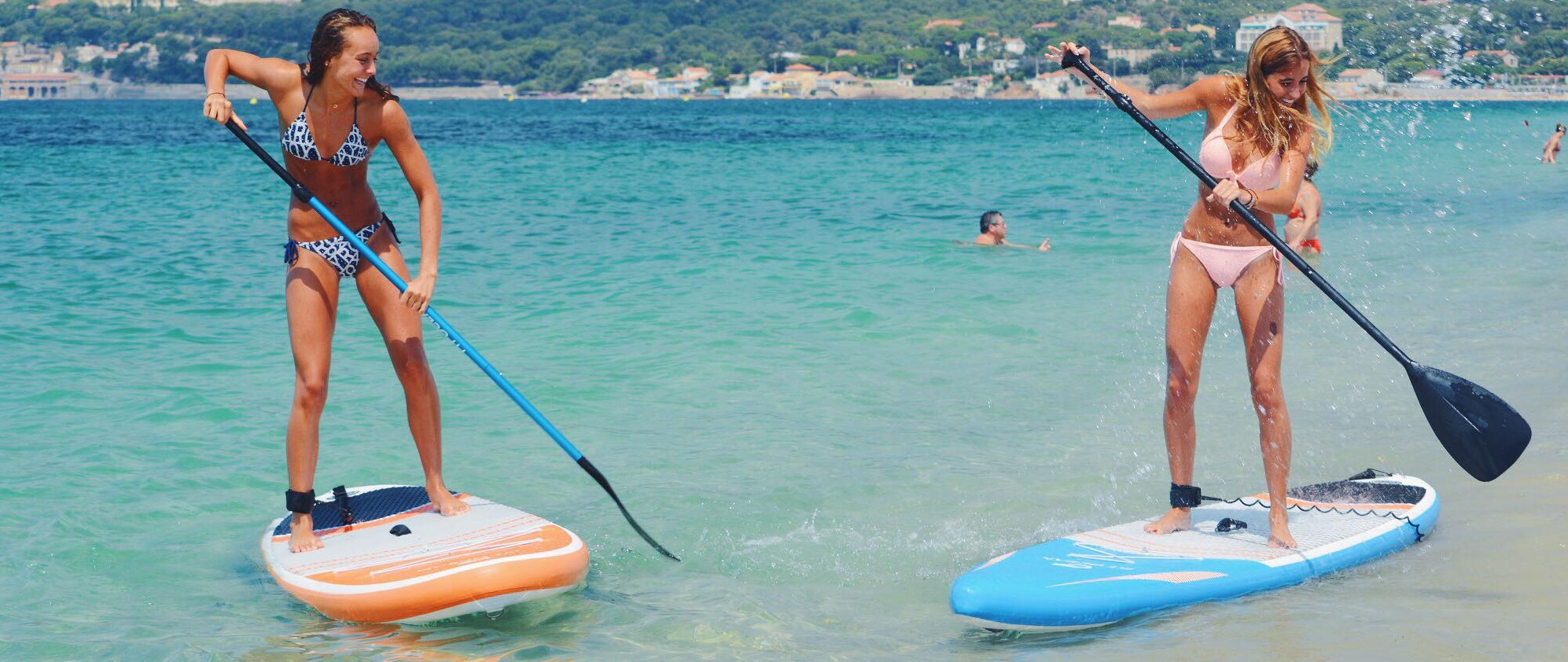
Woohoo we had our photoshoot in a very sunny week in France. Right now we are cutting, pasting and rendering images. Getting our catalog 2017 ready. Stay tuned
Merci France!
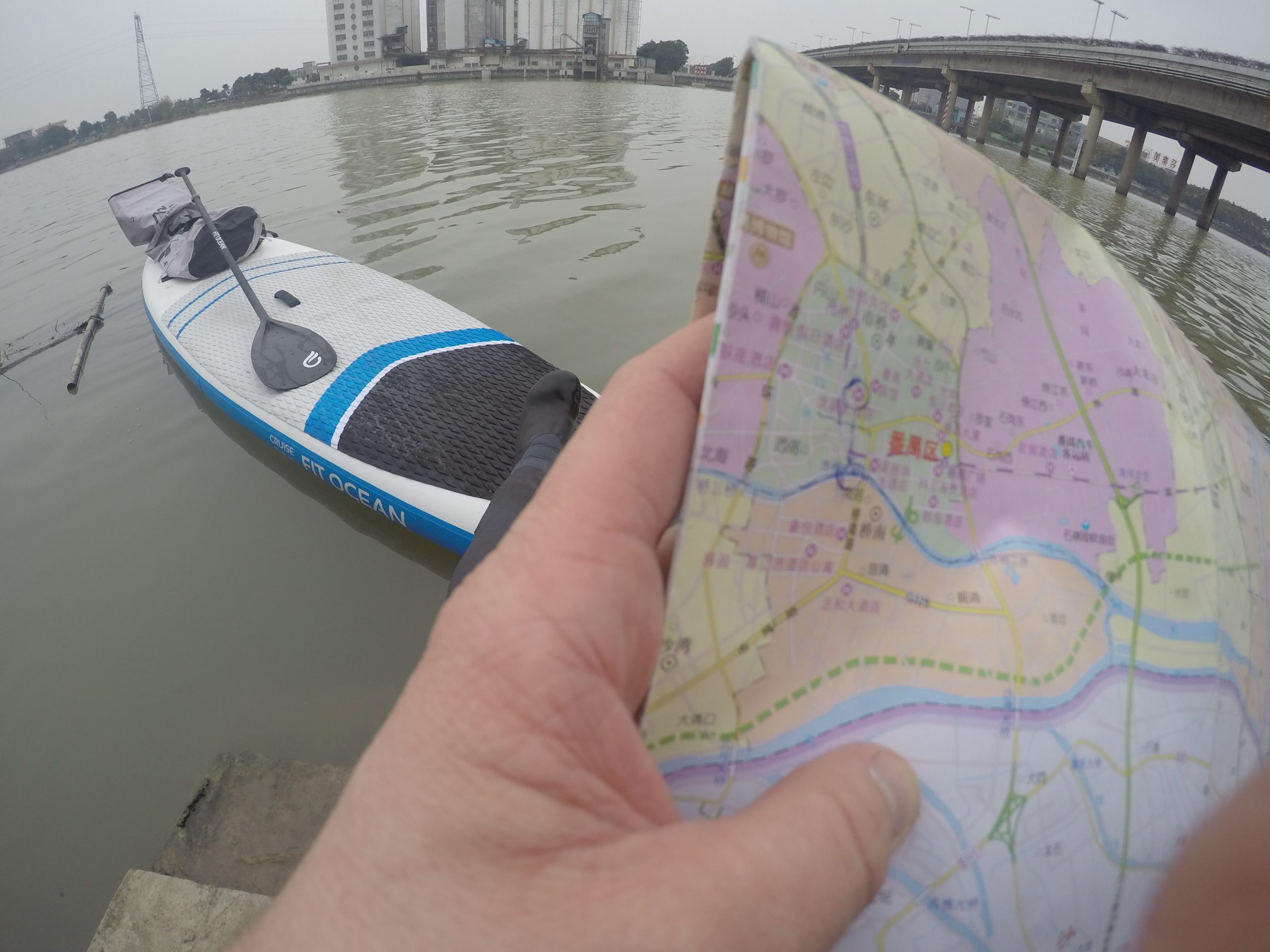
Before you can click to the video..
Feel me on my forest gump trip..
That day .. for no particular reason..i decided to go for a little run..
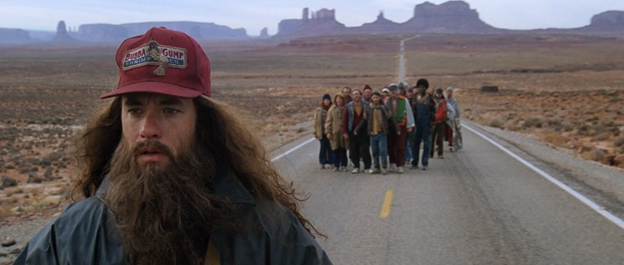
So i had a very forest gump feeling and decided to go for a little paddle…
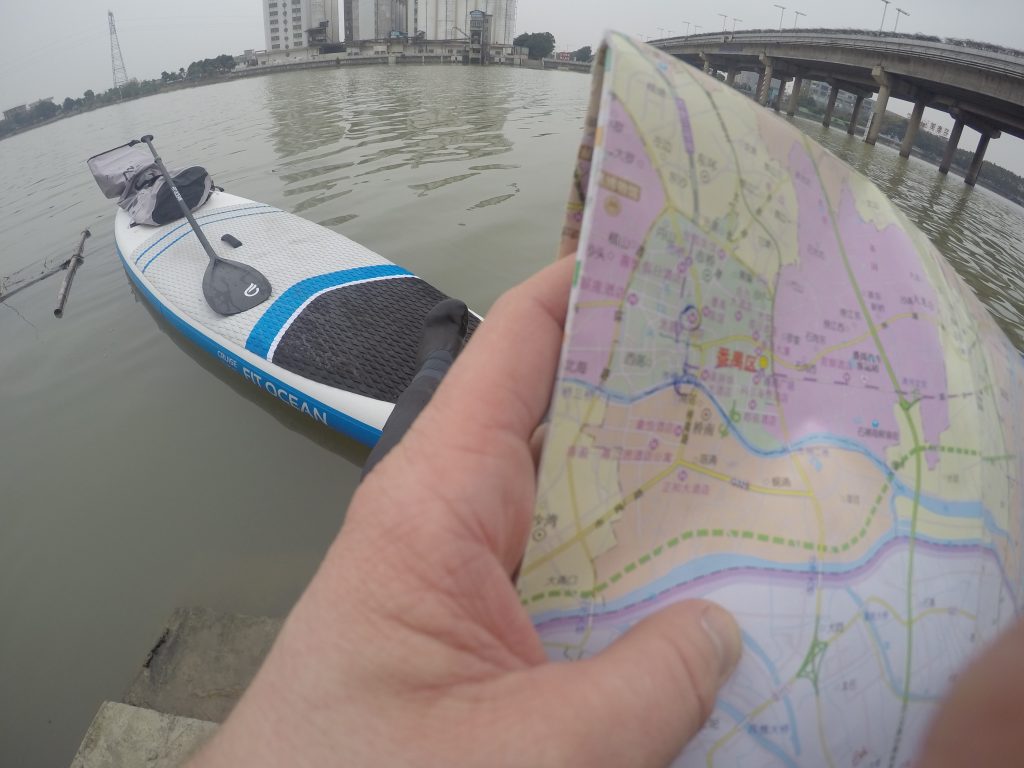
After days in the factory it was time to to recover from all the ZEBEC glue damp.
I snatched a FIT OCEAN Touring iSUP from the batch that as waiting ship to Rotterdam and walked to the nearest river connecting to the Pearl River. This river runs all the way down to Hongkong.
I actually run into my friend Phibi on my way down who informed not to be sure things where legal, so it was a quick pump with bystanders looking a the strangest inflatble object ever and hop hop on board.
Paddled 3 hours straight then had enough. Rain, a stinky river, fatique, my gopro battery almost dead, time to exit somewhere with people/ light, possibly a taxi.
It turned out to be at the foot of a snake restaurant here i was kindly invited to eat. Paired with some chinese beer it as quite a nice bite actually.
Exploring on an iSUP is fun, much more then just paddling, can´t wait for my next adventure.
Mark
Equipment used during trip: FIT OCEAN Cruise 12 x 34 x 6
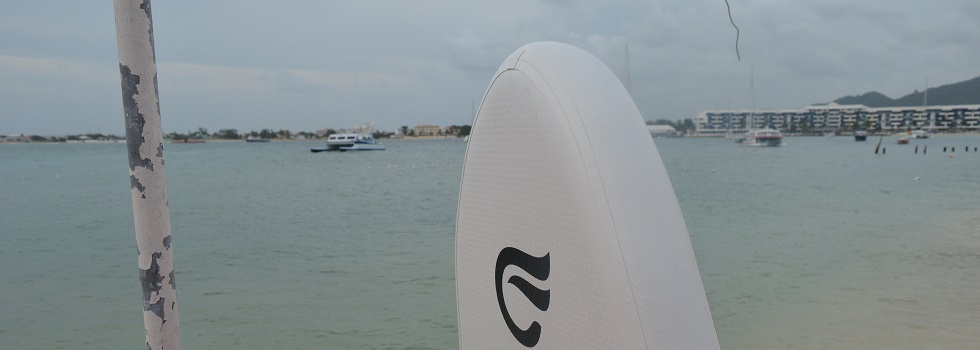
I just love smooth flat rockerlines don´t you? Here are 4 points why like it.
1) Fast and long gliding
The SUP just glides better over the water. On flat water you hear the water just brushing against the bottom, almost as if you are eating away water with every stroke of you paddle. Okay I am talking jibberish maybe, but I also Wind-and Kitesurf and I am used to hearing the water agaist the board. For our Magic Glide we spend hours drawing Computer Added Design Rockerlines. We tested dozens of boards and made various prototypes, to come up with our perfect line which we put in our Magic Glides. There is actually quite some performance difference and especcially paddling in gnarly conditions using lots of energy, it is nice to know you are on the fastest board possible.
2) Cathing waves
It all comes from having having a nice fluent line that already starts mid-section of the board and not going up more then 10 cm. The above prototype managed to do 8 cm which started about mid-section. We also gave it just enough tail-rocker, for it to have the tail free out of the water.
This prototype-board was very special when it came to cathing waves. Normally very small waves, like on lakes, lack power to pick up the board.
The prototype was made after some tests with other prototypes. We had a blue& white version which just kicked ass on speed and on this prototype I was paddling lake style when all of a sudden I felt for some fun and powered up just before a 30 cm small ´´wave.. ´´ You can also call it a baby-chop in the water as it was so small and had almost no power. The wave took me suprise and rode me all the way to land.. For me a big wow factor.
Let´s look how that happened.
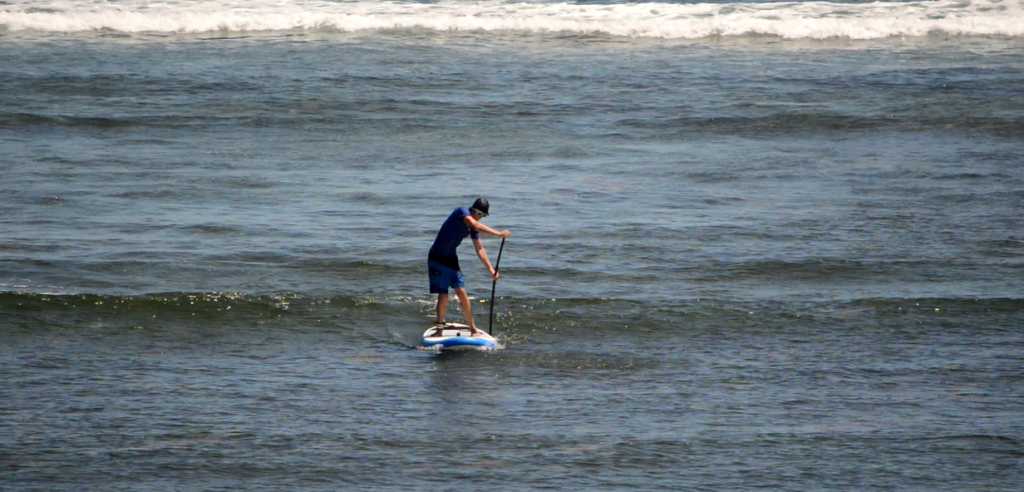
Here is an absolutely minium hardly watcha can call-a-wave. I am giving it a hard paddlestroke
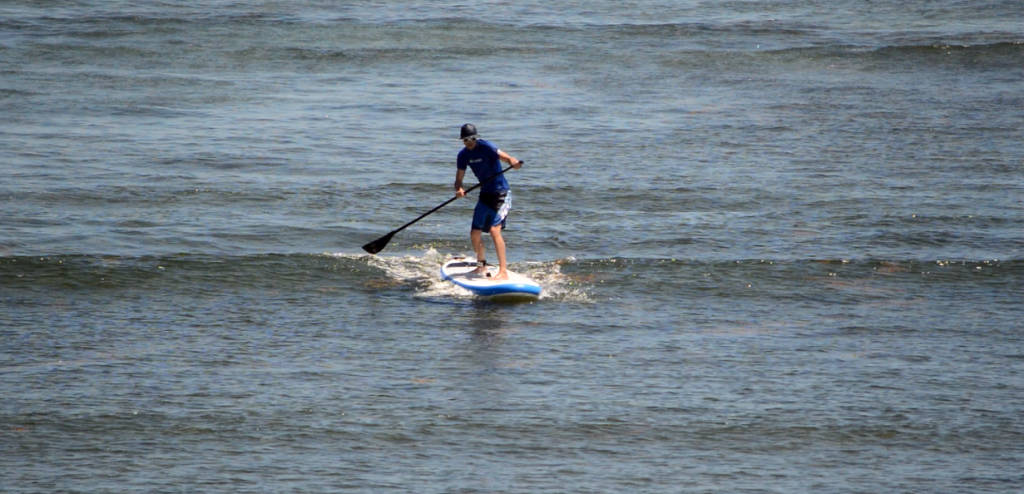
Seconds later the wave is almost vanished. Switched hands and gave it one more paddlestroke on the other side.
Now my paddle is already out of the water..sort of thinking it´s not gonna happen..
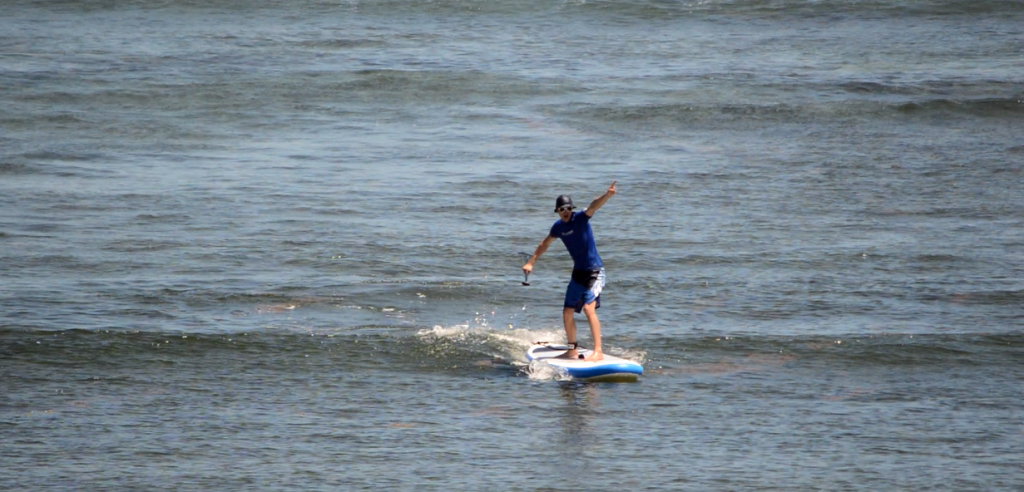
But 1 second later .. off she goes..
Amazing. That ´´wave´´ is merely higher then the 12 cm thick inflatable SUP. Not a lot of power, but thanks to a flat rockerline, the boards gets caught and is taken away by the wave. The light-weight of the board also contributes, but still pretty astonishing such a small wave with minium power can take a relative big (10´8) SUP.
That ´´wave´´ rode me all the way to land which was a 30 meter ride.
3) Flat rocker doesn´t get caught by side-winds
A lot of cheap boards have the nose poiting up at the tip. This is easyliy catched by side-wind. The problem is then that the nose gets blow away downwind and it gets hard to paddle in a straight line. Logically a flat rocker = a flat board that doesn´t get caught by side-wind.

4) The just look awsome and like regular Hardboards
Okay no scien-terrific argument but a personal to close-up my 4 reasons. For me a board is more then a watersports-tool. It´s my buddy on the water during sports, performance, discoveries of coastline, floating-device to spend time on with friends, tools for freestyle-fun like nose 180-ties. After a while I feel like I know a board and I can jump on it and go without a learning curve.
So besides functioanlity it also needs to look good.
What do you like in a board? Do you think it makes any sense thinking about rockerlines?
Let me know now.
Paddle hard *
Mark

 Driving into Hyères, you feel that your vacation is starting. With all the palm trees around you, clear blue sky and a lovely soft wind to cool you down.
Driving into Hyères, you feel that your vacation is starting. With all the palm trees around you, clear blue sky and a lovely soft wind to cool you down.
Hyères is situated in the South of France on the Mediterranean coast, it is the oldest resort in the French Riviera. With over 30 km of white sandy beaches, 3 beautiful and unspoilt islands Hyères has been a popular tourist destination for years.
There is a stunning old town in Hyères with a wonderful selection of medieval buildings which is well worth a visit. The old town is a dream location for architecture lovers with stunning Gothic churches, renaissance doorways and beautiful châteaus all set against stunning sea views.
Palm trees form an important part of Hyères and can be regularly seen throughout the resort lining the wide boulevards. There is a great variety of Mediterranean architecture around Hyères including a number of exotic hotels and villas which lend the resort a Moorish feel.

WATERSPORTS
Love to be on the water?
Well, Hyères is a great place to be for your water activities.
Hyères is a popular watersports destination. The Almanarre bay offers particularly good conditions for sailing, wind surfing and kite surfing. Throughout the year there are a number of prestigious regattas and competitions held in Hyères and a number of top professionals choose to base themselves in Hyères as the ideal spot to train.

SAILING
Hyères is a superb location for sailing with generally stronger winds during the spring months and calmer breezes during the height of summer. There are plenty of sheltered bays, marinas and harbors and it is an excellent location for both beginners and experienced sailors.
WIND SURFING
Hyères is extremely popular with windsurfers and is often referred to as the European capital of windsurfing. The conditions around Hyères lend themselves particularly well to windsurfing and it is a great location for both beginners and experienced windsurfers.
KITE SURFING
waters of the Mediterranean are the perfect location to develop your kite surfing skills. With a lot of Kite surfers around, there is always someone to help you when you just got started with this sport.


STAND UP PADDLING
The great thing about Hyères is, that there are great water activities where you need wind. But there are as well enough places, with beautiful beaches for Stand Up Paddling.
Stand up paddle is a great way to discover the hidden paradisiacal creeks, caves and beaches only accessible by water.
As a beginner, you can try the sport out by yourself or get your first lessons. When you get the hang of it you can get more adventurous and try out Stand Up Paddling over waves.
Stand Up Paddling is a great way to relax and still get some exercise done. You can take it to any level where you want it to go. At any time, you can just jump in the water, have a swim and continue paddling.

A